The New Normal
Worldwide there will be at least 3 billion births between now and 2050.
Technologies to generate sperm and egg from either sex and screen them for known genetic risks will allow up to 1 million people per year who cannot otherwise reproduce to have children “of their own,” including infertile and gay couples. These are likely to be the early adopters of stem cell–dependent ART.
Uni-parenting—a single woman using induced pluripotent stem cells to fertilize her own egg with stem cell–derived sperm—will become increasingly common. It will no longer take two humans to create a child.
Legal custody and the concept of parenthood will become much more about rearing as so-called “multiplex parenting” allows a combination of up to 32 or more parental genomes.
When ART becomes safe, cheap, reliable and preferable, permanent sterilization for both men and women at young adulthood will become near universal, drastically reducing or eliminating accidental pregnancies.
